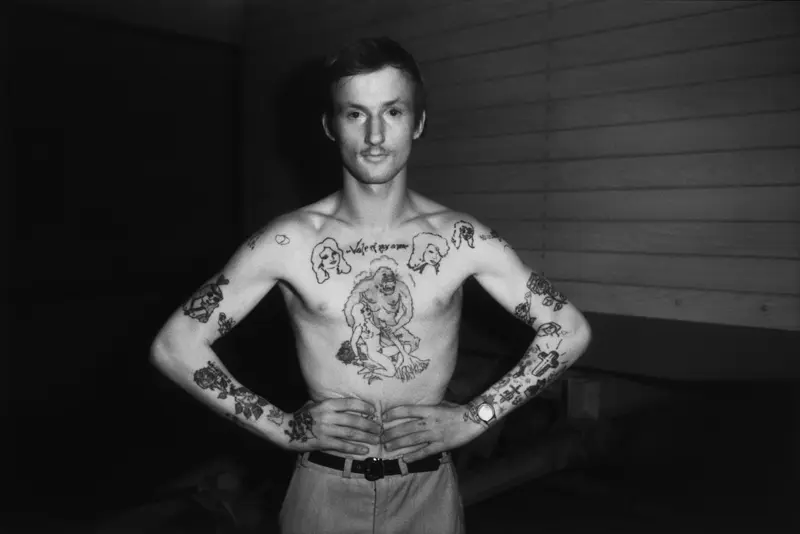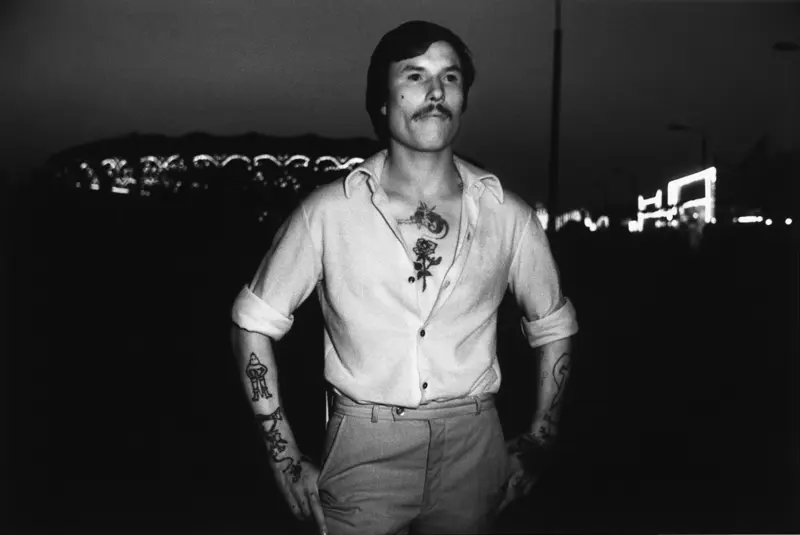[Translate to English:] text 1
Leipzig had always been the gateway to the world through its trade fair: As early as 1723, two tattooed men were presented at the Leipziger Messe. Later, around 1890, Irene Woodward, known as "La Belle Irène," showed the visitors of the Leipzig Zoo her full-body tattoo. With a tight skirt and a deep décolleté, the professional tattooed woman received the spectators; they could even touch her tattooed skin. The body paintings of "La Belle Irène" depicted religious motifs as well as those taken from nature.


